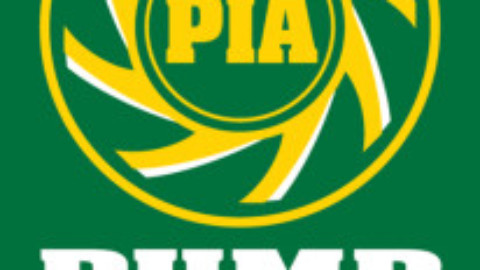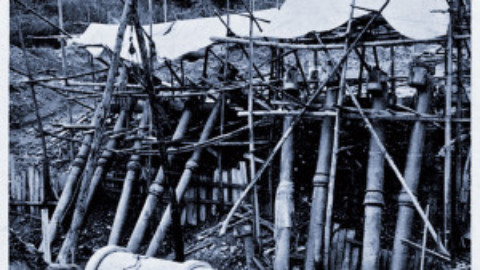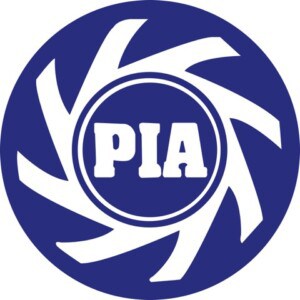Evolution of the industry
While the late 1960s and early 1970s presented their challenges to the Australian pump industry, many members also recall the 1970s as being a golden era in the history of pump manufacturing in Australia.
“There is no doubt that the Kelly and Lewis’ pump design team in the 1970s was as good as, if not best, in the world,” recalled the company’s then Managing Director Bob Moore.
“The team was led by a brilliant pump/hydraulic design man Andy Gasuinas, who revitalised our methods and built up a group including Arthur Connor, Graeme Addie, Barry Pinder and others.
“Other Australian companies, notably Ajax and Thompsons of Castlemaine, all had solid design teams.”
The association’s cornerstone
As the industry dealt with major upheaval, APMA recorded an important milestone in its history with the publication of the Australian Pump Technical Handbook.
At the time of publishing, Geoff Daniels, who was then Chair of APMA’s technical committee, said “This  handbook has been produced to assist all users in creating a technically sound environment. Many problems arise in a pumping installation which may give the impression of a fault in pump design. However, often the pump operation is sound, and the particular problem is associated with equipment allied with the pump, such as pipework, type of drive, etc.
handbook has been produced to assist all users in creating a technically sound environment. Many problems arise in a pumping installation which may give the impression of a fault in pump design. However, often the pump operation is sound, and the particular problem is associated with equipment allied with the pump, such as pipework, type of drive, etc.
“Topics covered in this book are generally well known, however, treatment given to these is aimed at giving the user a practical explanation as well as a purely theoretical aspect of the subject.”
This was followed in 1982 with the publication of the Australian Pipe Friction Handbook.
Current PIA President Ron Astall recalls that he first joined the association as the idea for the Pipe Friction Handbook had first been conceived by Bob Hancock, then with Finsbury Pumps in South Australia.
“We worked pretty hard on the Technical Handbook and the second edition was at least twice the size. It amuses me still to see some of my hand drawn diagrams still in use and even plagiarised in other publications today and I’m sure the other committee members have noticed the same,” recalled Ron.
 “The Pipe Friction Handbook became a monster effort. We did not have the benefit of computerised publishing and the original tables were calculated and produced on Indeng’s Tektronix 4051 desktop computer with 32kB of RAM and printed out on tractor feed paper (with holes down the side). This was before PCs! These were taken to the typesetters who then manually set everything. Then came the proofreading – an absolute nightmare and incredibly time consuming. Later, Peter Watson developed software on a proper PC that created the tables and it was eventually possible to paste these across; thus eliminating the major proof reading chore.”
“The Pipe Friction Handbook became a monster effort. We did not have the benefit of computerised publishing and the original tables were calculated and produced on Indeng’s Tektronix 4051 desktop computer with 32kB of RAM and printed out on tractor feed paper (with holes down the side). This was before PCs! These were taken to the typesetters who then manually set everything. Then came the proofreading – an absolute nightmare and incredibly time consuming. Later, Peter Watson developed software on a proper PC that created the tables and it was eventually possible to paste these across; thus eliminating the major proof reading chore.”
The books have an excellent reputation both in Australia and globally, as reflected by the fact that both books remain in publication – today in their fifth and fourth editions respectively. They also served as the backbone of APMA finances – in many ways it can be argued that the association’s existence today is due in no small part to the contribution of these important books.












